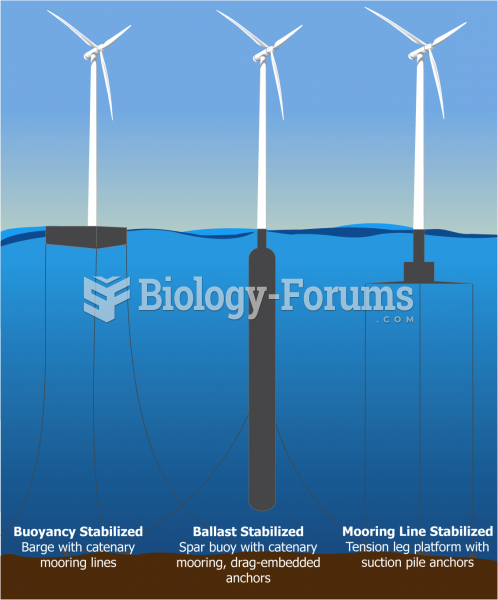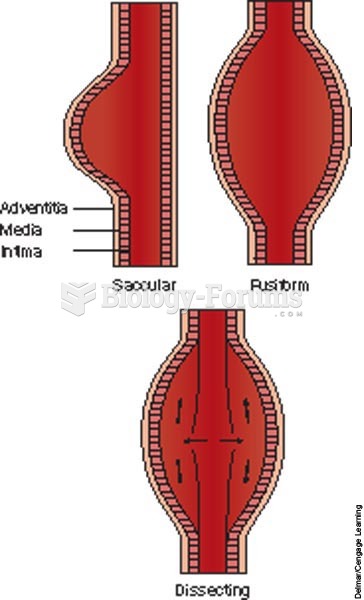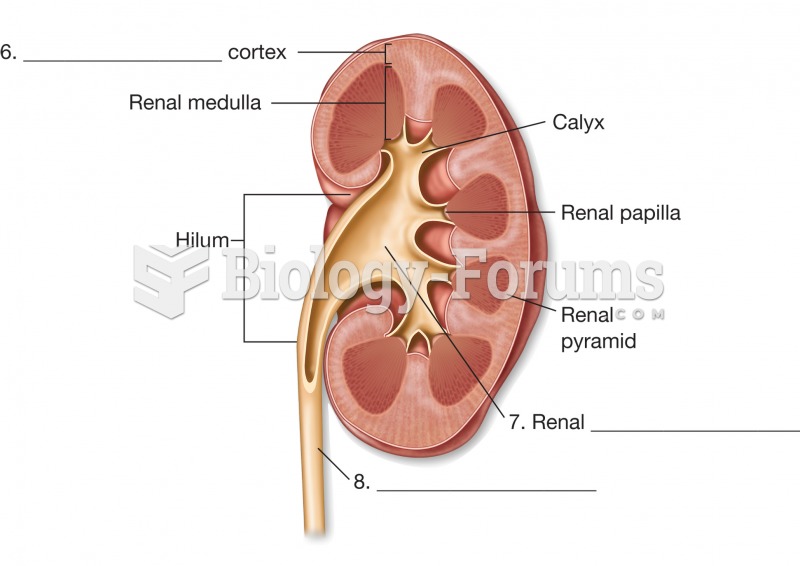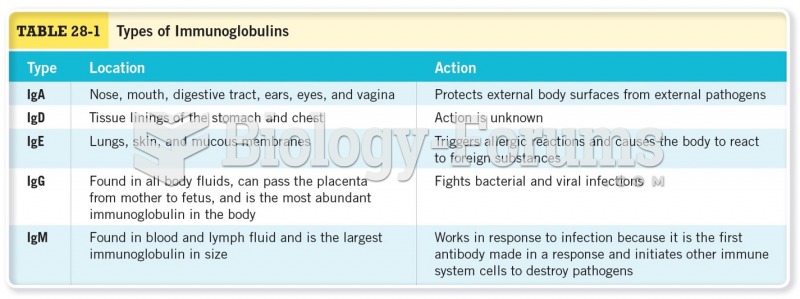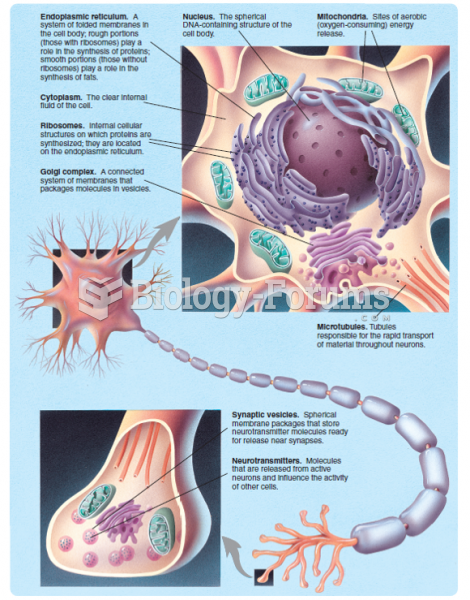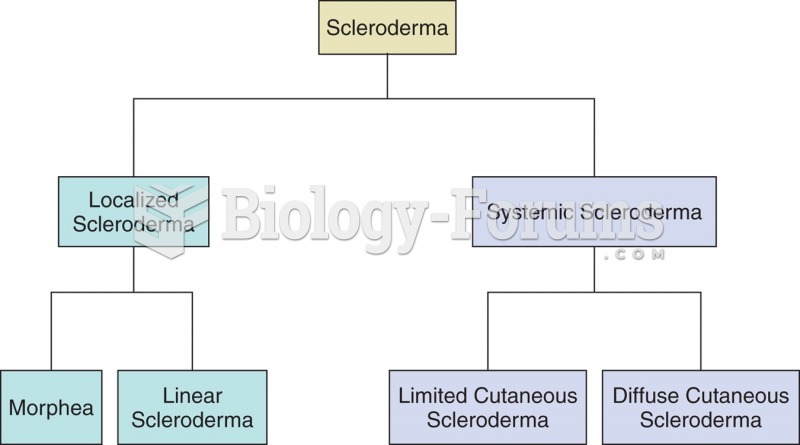Answer to Question 1
d
Answer to Question 2
Determining Planned Sales: The initial step in developing a six-month merchandise budget is to estimate planned sales for the entire season as well as for each month. The buyer begins by examining the previous year's recorded sales. Adjustments are then made when planning sales for the upcoming merchandise budget. Retailers use a retail reporting calendar which divides the year into two seasons, each with six months. Many other factors, such as the economy and weather must also come into consideration. It is important to use recent trends when forecasting sales.
Determining Planned BOM and EOM Inventories: Once the buyer has estimated seasonal and monthly sales for the upcoming season, plans can be made for inventory requirements for the average beginning-of-the-month (BOM) and the end-of-the month (EOM) inventory. A common method of estimating the amount of stock to be carried is the stock-to-sales ratio.
Determining Planned Retail Reductions: When preparing the merchandise budget, the buyer should make allowances for reductions in the dollar level of inventory that results from nonsale events. Generally, these planned retail reductions fall into three types: markdowns, employee discounts, and stock shortages.
Determining Planned Purchases at Retail and Cost: To determine whether additional purchases must be made during the merchandising season, the retailer will need inventory for (1) planned sales, (2) planned retail reductions, and (3) planned EOM inventory. Once planned purchases at retail are determined, planned purchases at cost can be easily calculated.
Determining the Buyer's Planned Gross Margin: The last step in developing the merchandise budget is determining the buyer's planned gross margin for the period. In making plans the buyer recognizes that the initial selling price for all the products will probably not be realized and that some reductions will occur.


